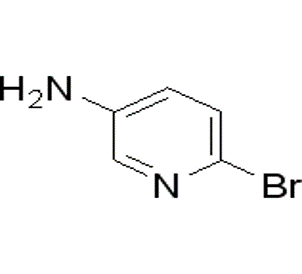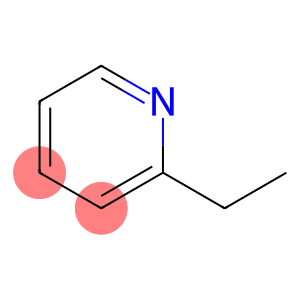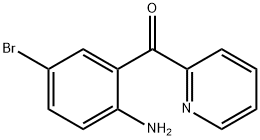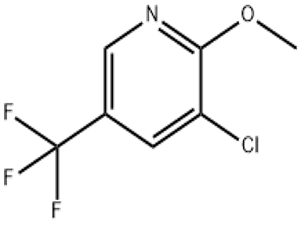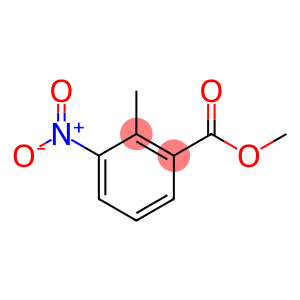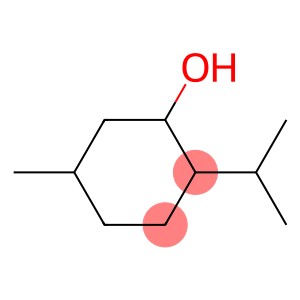3-Amino-6-bromopyridine (CAS# 13534-97-9)
Risk and Safety
| Risk Codes | 36/37/38 – Irritating to eyes, respiratory system and skin. |
| Safety Description | S26 – In case of contact with eyes, rinse immediately with plenty of water and seek medical advice. S36 – Wear suitable protective clothing. S37/39 – Wear suitable gloves and eye/face protection |
| UN IDs | UN 2811 6.1/PG 3 |
| WGK Germany | 3 |
| FLUKA BRAND F CODES | 10 |
| HS Code | 29333990 |
| Hazard Class | IRRITANT |
| Packing Group | III |
3-Amino-6-bromopyridine (CAS# 13534-97-9) introduction
3-amino-6-bromopyridine is an organic compound. The following is an introduction to the properties, uses, preparation methods, and safety information of 3-amino-6-bromopyridine:
nature:
-Appearance: Colorless to slightly yellow solid.
-Solubility: soluble in some organic solvents such as chloroform, ethanol, etc.
-Reactivity: 3-amino-6-bromopyridine is an organic base that can react with acids to form corresponding salts.
Purpose:
-Chemical research: 3-amino-6-bromopyridine can serve as an intermediate in organic synthesis and participate in various organic reactions.
Manufacturing method:
-A common preparation method is to react 3-aminopyridine with bromoacetic acid.
-The reaction materials are as follows:
-3-aminopyridine
-Bromoacetic acid
-The reaction process is as follows:
-Add 3-aminopyridine and bromoacetic acid together into the reactor and heat the reaction.
-After the reaction is complete, 3-amino-6-bromopyridine product is obtained by cooling and crystallization.
Security information:
-3-amino-6-bromopyridine needs to be stored in a dry, cool place, away from direct sunlight. Avoid contact with oxidants.
-When using and handling, appropriate personal protective equipment should be worn, including protective goggles, gloves, and laboratory white coats.
-When storing, using, and handling hazardous materials, it is essential to comply with relevant regulations and follow laboratory safety operating procedures.


